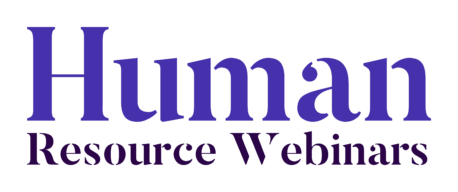If you're looking to implement an OKR framework for your HR department, there are a few things to keep in mind. First, make sure that everyone understands what OKRs are and why they're important. Second, create SMART objectives that are specific, measurable, achievable, relevant, and time-bound. Finally, create a system for tracking progress and holding people accountable. By following these steps, you can ensure that your OKR framework is successful.
What is the OKR framework?
The OKR framework is a system for setting goals and measuring success. Organizations of all sizes can use it, but it is particularly well-suited to small and medium-sized businesses. The OKR framework is based on the idea of setting objectives (goals) and key results (measures of success).
The beauty of the OKR framework is its simplicity.
What are the benefits of using the OKR framework?
There are many benefits of using the OKR framework, but one of the most important is that it allows HR professionals to measure their success. By setting goals and objectives and then measuring progress against those goals, HR professionals can ensure that they are on track to meet their targets. Additionally, the OKR framework can help to identify areas where improvement is needed and can provide a structure for making changes. Ultimately, by using the OKR framework, HR professionals can increase their effectiveness and improve their overall performance.
How to choose the right KPIs
Organizational success depends on setting the right goals and measuring progress accurately. When using the OKR framework to measure HR success, it is important to choose the right KPIs (Key Performance Indicators).
To set OKRs, all you need to do is choose a goal or objectives that you want to achieve and then identify a few key results that will indicate whether or not you have achieved your goal. For example, if your goal is to improve employee satisfaction, your key results might include measures such as employee satisfaction scores, number of complaints filed, or voluntary turnover.
The first step is to identify the objectives that HR needs to achieve. These objectives should be specific, measurable, achievable, relevant, and time-bound. Once the objectives have been identified, the next step is to select the KPIs that will be used to measure progress.
How to measure HR success with the OKR framework
Here's how you can use the OKR framework to measure HR success.
You need to identify the key results that you want to achieve in HR. These HR metrics could be things like reducing turnover, increasing employee engagement, or improving benefits satisfaction. Once you have your key results, you need to set measurable results for each one. For example, if your goal is to reduce turnover, you might aim to reduce voluntary turnover by 10% in the next quarter. More OKR examples for HR follow below.
Example OKR for Recruiting
The HR department is charged with attracting, recruiting, and onboarding new hires as critical functions across the employee lifecycle. OKRs may be set to guide employees through a successful recruitment process to keep up with growth.
Objective: Launch a candidate sourcing strategy that works in the long-term by Q4 2022.
Key results:
- Reduce cost to hire by 15%
- Employee engagement survey filled out by 75% of employees and launched with 2 new data points around remote and hybrid work.
Example OKRs for Hiring and Onboarding
The HR department is charged with attracting, recruiting, and onboarding new hires as critical functions across the employee lifecycle. OKRs may be set to guide employees through a successful hiring and recruitment process to keep up with growth.
Great employee onboarding can improve employee retention by 82%.
Objective: Launch a new internship program for the Fall to hire and onboard top talent.
Key results:
- Hire 6 new interns (2 UX designers, 1 researcher, 2 marketers, and 1 corporate HR internship)
- Launch 4 new entry-level training programs
Objective: Improve the onboarding experience
Key results:
- Increase the onboarding satisfaction score by 20%
- Reduce onboarding time down from 10 days to 4 days
Related: 5 Reasons Why HR Analytics Matters for Growing Organizations in 2022
How to use the OKR framework to improve HR
To use the OKR framework to measure HR success, you will need first to set some objectives and then key results that you want to achieve, as mentioned above. Once you have done this, you can set targets for your team and individuals.
To help ensure that everyone is on track, it is important to hold regular check-ins and review sessions. By doing this, you will be able to identify any areas where improvements need to be made. Ultimately, by using the OKR framework, you can ensure that your HR department is achieving its goals and making a positive impact on the business.
The OKR framework is a great way to measure HR success. It can help you improve HR by setting up the right KPIs
The OKR framework is a great way to measure HR success with the right KPIs and HR metrics. It is designed to help organizations improve their performance by setting specific, measurable goals and then tracking progress towards those goals. When it comes to HR, the OKR framework can help you identify and track key performance indicators (KPIs) that are important to your organization. By setting up the right KPIs and tracking your progress against them, you can ensure that your HR department is meeting its goals and improving its performance.
To take it a step further, consider creating these HR metrics and people analytics.

